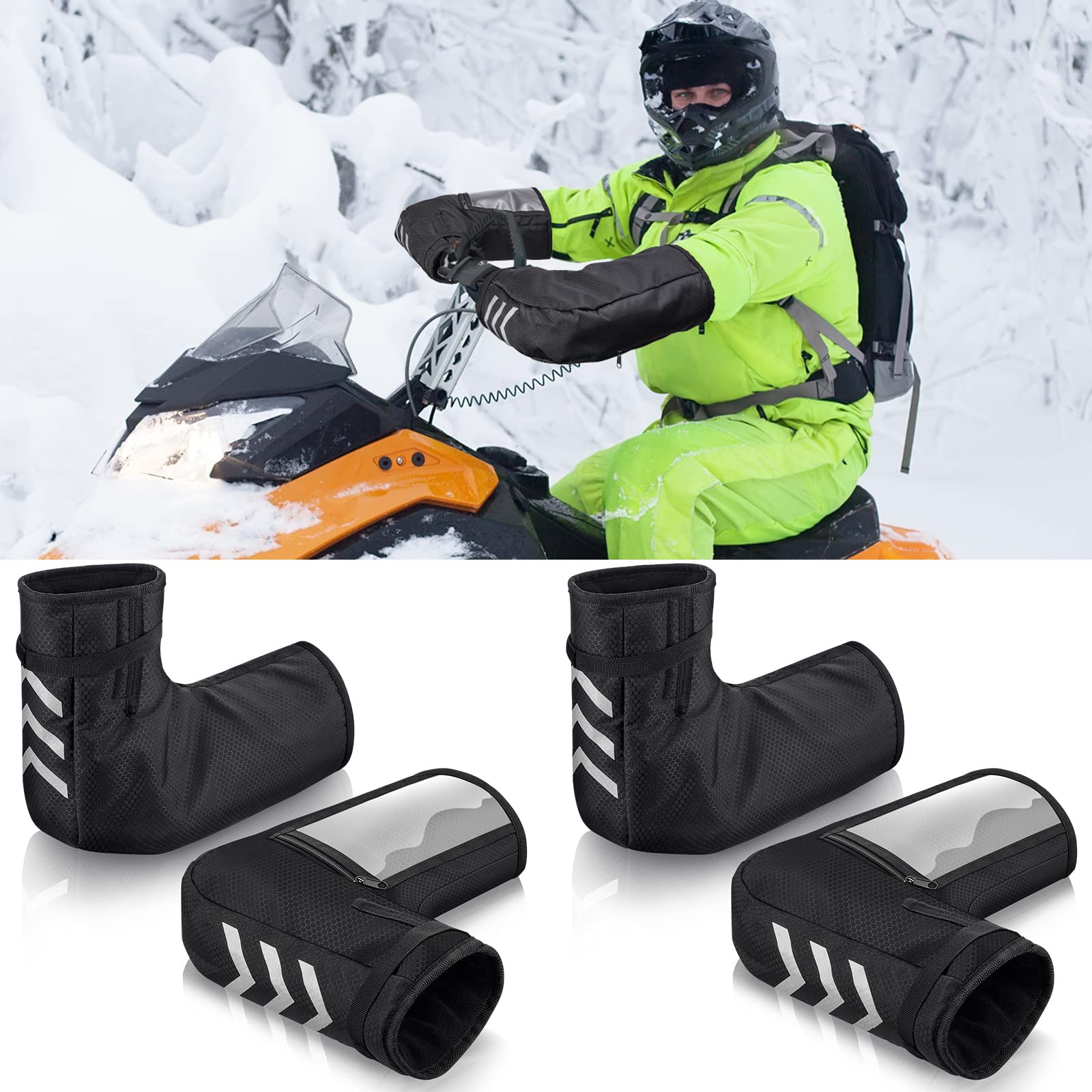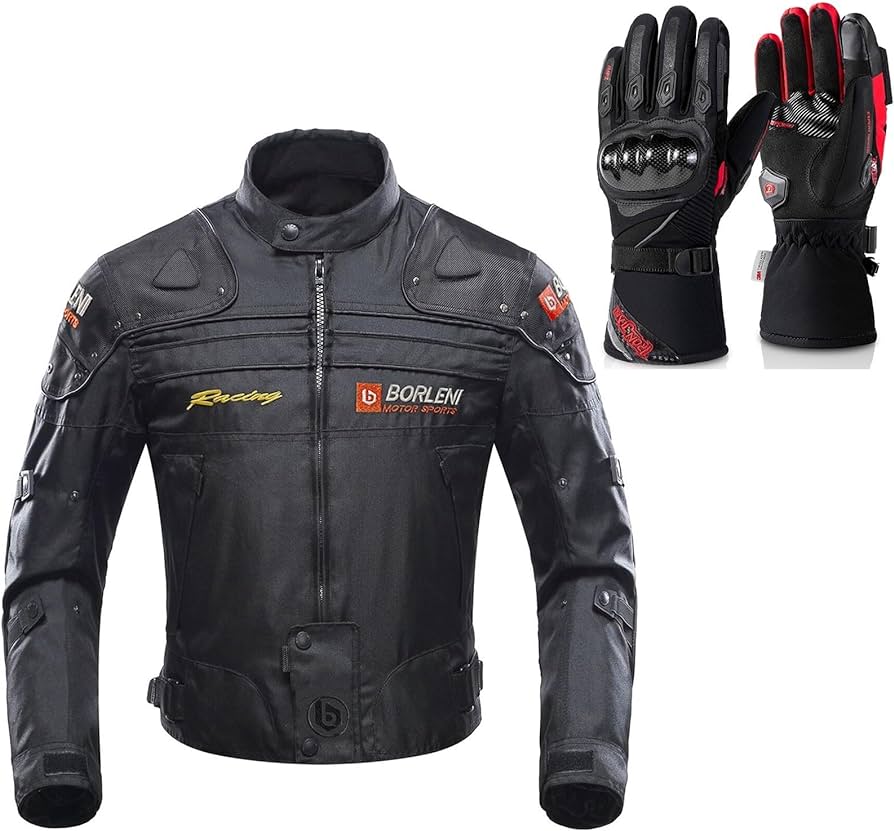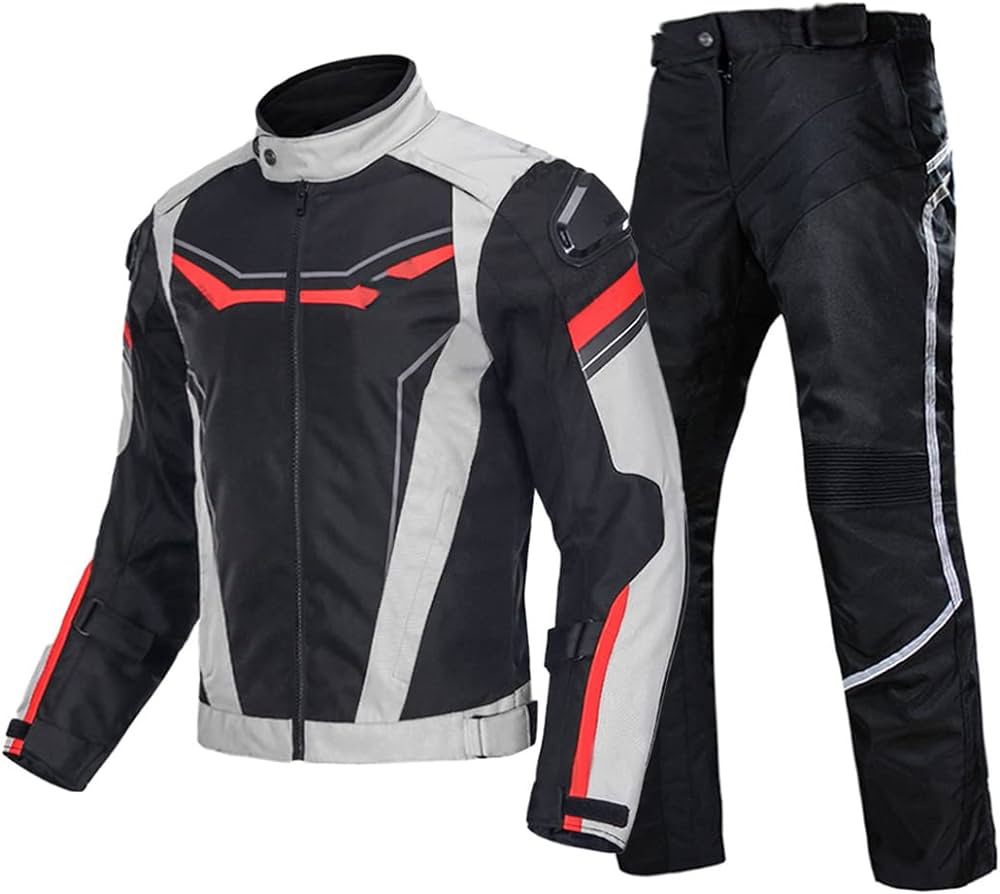Introduction
Cold weather brings unique challenges for motorcycle riders, but with proper preparation and precautions, riding in low temperatures can still be enjoyable and safe. Whether for commuting or recreational purposes, motorcycle enthusiasts often face the need to ride in colder conditions. In this comprehensive guide, we will explore strategies and tips for riding motorcycles in the cold. By addressing key areas such as safety gear, bike preparation, riding techniques, and rider comfort measures, we aim to equip riders with the knowledge needed to make cold weather rides more comfortable and secure.

How do people ride motorcycles in the cold?
I. Safety Gear for Cold Weather Riding
-
Insulated Riding Gear:
- Invest in cold weather-specific riding gear, such as jackets, pants, and gloves with effective insulation. Look for materials like Thinsulate or PrimaLoft, which provide warmth without compromising dexterity and mobility.
-
Layering:
- Adopt a layering approach with your riding gear. Wear thermal base layers as a foundation, followed by insulating mid-layers, and finally, a windproof and waterproof outer shell. This layering system helps regulate body temperature and provides flexibility to adjust clothing according to the changing weather conditions.
-
Full-Face Helmet:
- Opt for a full-face helmet that offers better protection against the cold wind and low temperatures. Consider helmets with anti-fog visors or built-in breath deflectors to prevent fogging and improve visibility.
-
Face and Neck Protection:
- Protect your face and neck from cold winds with a balaclava or neck gaiter. These accessories provide additional insulation and help keep sensitive areas warm and comfortable.
-
Heated Gear:
- Consider using heated gear, such as heated vests, gloves, or socks, to provide extra warmth during cold weather rides. These battery-powered or electrically heated garments assist in maintaining body heat and can be adjusted according to individual comfort levels.

II. Preparing Your Motorcycle for Cold Weather
-
Tire Pressure:
- Check and adjust tire pressure according to the manufacturer’s recommendations for colder temperatures. Lower temperatures can cause tire pressure to drop, affecting traction and overall handling. Maintaining proper tire pressure helps ensure optimum performance on cold roads.
-
Battery Health:
- Cold weather can impact battery performance, so ensure your motorcycle’s battery is in good condition. Test it before the cold season begins and consider using a battery tender to maintain its charge during extended periods of inactivity.
-
Cold-Weather Fluids:
- Use cold-weather-specific fluids for your motorcycle, including oil, coolant, and fuel stabilizers. Thicker oil with a lower winter viscosity rating helps provide better lubrication in colder temperatures. Anti-freeze or coolant with appropriate winter ratings prevents freezing. Fuel stabilizers ensure fuel stability during prolonged storage or infrequent use.
-
Warm Up Your Motorcycle:
- Allow your motorcycle’s engine to warm up before setting out on your ride. Cold starts can strain the engine, and warmed-up components work more efficiently, enhancing performance and reducing wear.

III. Riding Techniques for Cold Weather
-
Smooth and Gentle Throttle Control:
- Be mindful of throttle control during cold weather rides. Applying throttle inputs smoothly and gently prevents sudden traction loss or skidding on slippery surfaces. Gradual acceleration and deceleration help maintain control and stability.
-
Increase Following Distance:
- Allow for a greater following distance between your motorcycle and other vehicles. In cold weather, roads may be more hazardous due to reduced traction. Increasing the gap gives you more reaction time and allows for safer braking if needed.
-
Braking Technique:
- Use gradual, progressive brake application to avoid sudden skidding or loss of control. Apply both front and rear brakes smoothly, but with slightly more emphasis on the rear brake to prevent the front wheel from locking up.
-
Cornering with Caution:
- Approach corners with caution and ease. Cold road surfaces may be slippery, reducing tire grip. Reduce speed, choose appropriate lines, and avoid sudden leaning or aggressive maneuvers through turns.

IV. Rider Comfort Measures
-
Wind Protection:
- Minimize wind chill by installing a windscreen, fairing, or handguards on your motorcycle. These accessories deflect cold air, reducing exposure and keeping your body and hands warmer.
-
Hand Warmers:
- Use electric or chemical hand warmers to provide additional warmth to your hands. These can be placed inside your gloves or attached to your handlebars, ensuring comfortable rides even in frigid temperatures.
-
Heated Grips:
- Consider installing heated grips on your motorcycle. These grip heaters provide warmth directly to your hands, enhancing comfort and maintaining dexterity during cold weather rides.
-
Stay Hydrated:
- Dehydration is a common concern in cold weather due to increased exhalation and reduced thirst perception. Drink sufficient fluids before and during your ride to stay properly hydrated. Use insulated water bottles to prevent liquids from freezing.
V. Weather Monitoring and Planning
-
Check Weather Forecasts:
- Stay informed about weather conditions before embarking on your ride. Pay attention to temperature, precipitation, and wind speed predictions to evaluate if it’s safe and suitable for your planned journey.
-
Plan Your Route:
- Plan your route and anticipate any potential hazards or areas susceptible to colder temperatures, such as shaded spots prone to ice formation. Consider avoiding elevated routes or areas with higher altitudes that experience more extreme temperatures.
-
Time Your Rides:
- Plan your rides during the warmest part of the day to minimize exposure to colder temperatures. Taking advantage of the midday sun can help ensure a more comfortable and enjoyable ride.
VI. Riding in Extreme Cold: Considerations
-
Extreme Cold Weather Gear:
- In frigid temperatures, invest in specialized extreme cold weather gear designed for Arctic conditions. These garments provide maximum insulation and protection against extremely low temperatures and biting winds.
-
Limit Exposed Skin:
- In extremely cold conditions, limit exposed skin as much as possible. Wear face masks, goggles, and insulated outerwear to protect against frostbite and windburn.
-
Ride with a Partner:
- Riding with a companion can be beneficial in extreme cold weather. In case of an emergency or breakdown, having someone to provide assistance or support can make a significant difference.

VII. Conclusion: Cold Weather Riding with Comfort and Safety
Riding motorcycles in the cold requires proactive measures to ensure comfort and safety. By equipping yourself with appropriate safety gear, preparing your motorcycle for cold weather, adopting riding techniques suitable for low temperatures, and focusing on rider comfort, you can make cold weather rides more enjoyable and secure.
Choose insulated riding gear, layer appropriately, and consider heated garments for added warmth. Take the necessary steps to prepare your motorcycle for cold weather, including tire pressure adjustment and using cold-weather fluids. Practice smooth throttle control, increase following distance, and adjust braking techniques to suit colder conditions.
Implement rider comfort measures such as wind protection, hand warmers, or heated grips, and monitor weather conditions before planning your rides. These strategies, combined with proper preparation and attentiveness, enable motorcycle riders to embrace the thrill of riding even in colder climates while prioritizing comfort and safety.











